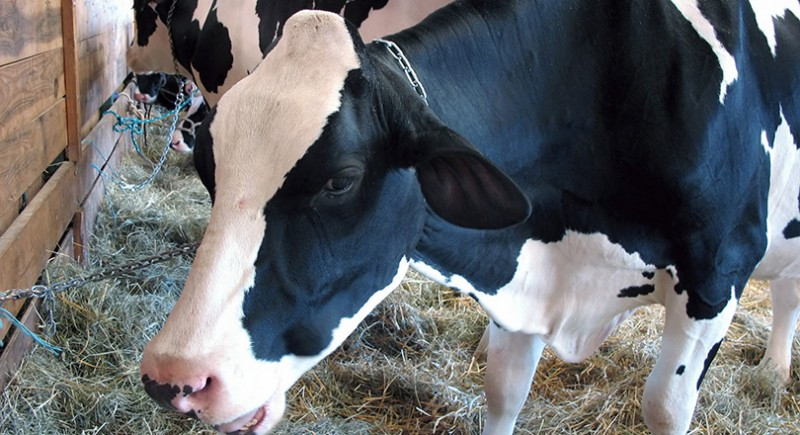Many of us have been told, maybe even programmed, from an early age to embrace milk and other dairy products as great sources of health to, as one old-fashioned ad once said, give us energy to burn. Of course, what's not to like about milk and its close cousin ice cream, the latter of which to this day is still valued as a tasty treat and popular dessert item? The flip side to the coin though is that many people are lactose intolerance; for them, a glass of cold milk or a bowl of ice cream can be a source of discomfort, even pain, or worse. The culprit is lactose intolerance, a condition that afflicts about 30 million Americans by age 20, per webmd.com. It is characterized by symptoms that can include stomach pain, bloating, gas, constipation, and diarrhea, per healthline.com. It seems particularly common for people of non-European descent; some estimates have it affecting upwards of 70-75 percent of people worldwide.
What Does Lactose Intolerance Involve?
Milk and other dairy products contain a type of sugar known as lactose, which can only be properly digested by an enzyme known as lactase, which is produced by the small intestine, per draxe.com. The role of lactase is to break down the lactose into glucose and galactose to be more efficiently absorbed by your body. Otherwise, if the lactose isn't properly digested, and therefore absorbed, it will continue on its merry way into the colon, where it can ferment and cause the symptoms described above, per webmd.com. Lactose intolerance can be managed, but it can't be cured. Per healthline.com, some people develop lactose intolerance following surgery or because of various gastrointestinal diseases such as infections linked to viruses or bacteria.A Closer Look at Lactose Intolerance Symptoms
- Stomach pain/bloating. The fermentation of lactose in the colon, mentioned earlier, can lead to the release of short-chain fatty acids and the gases hydrogen, methane, and carbon dioxide. These acids and gases then produce pain or cramps in the area of your navel and around the lower half of your stomach.
- Constipation. This can be experienced in several ways, among them with hard, infrequent stools, stomach discomfort, and/or bloating. The methane produced by the fermented lactose in the colon can increase the time it takes for food to move through your gut, leading to constipation.
- Diarrhea. Essentially, the opposite of typical constipation in that diarrhea involves more frequent stools with more liquidity caused by the increase of volume of water in the colon, no thanks to the lactose and leftover acids described earlier.
- Other symptoms can include headaches, fatigue, loss of concentration, muscle and joint pain, mouth ulcers, problems with urination, and eczema, per healthline.com, as well as acne and nausea/vomiting, per draxe.com.

